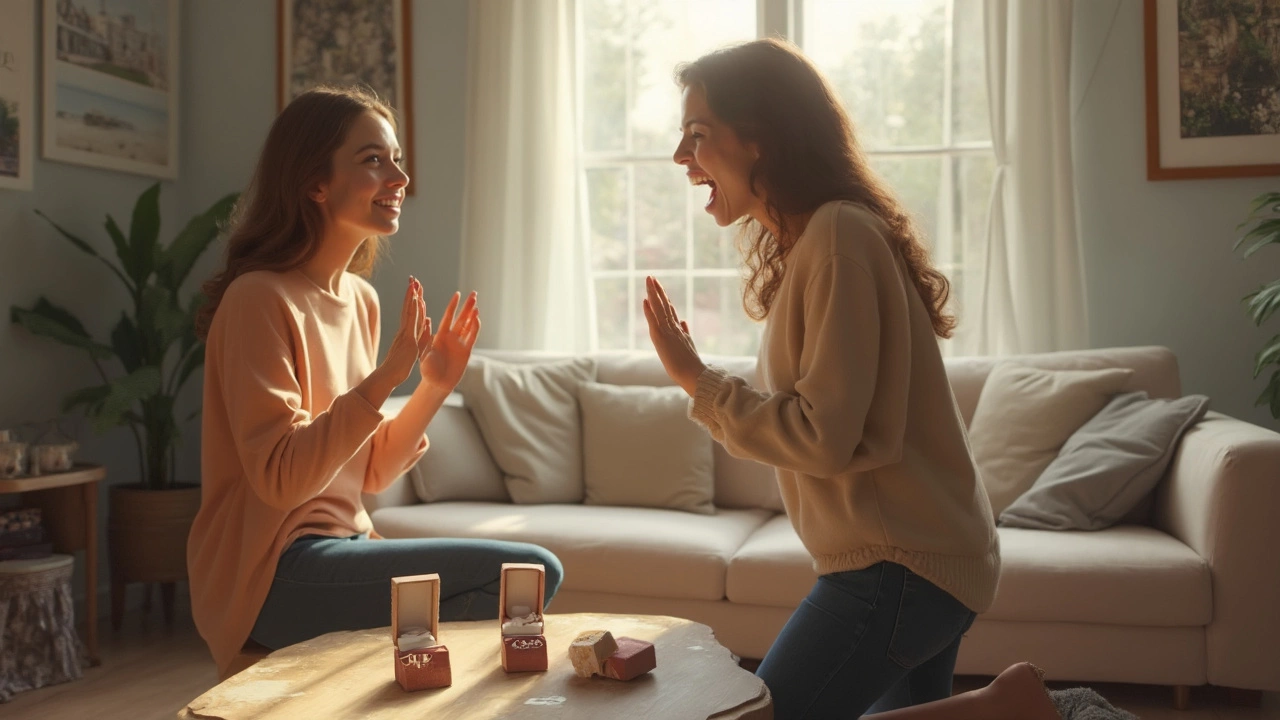Engagement Ring Traditions: What They Are and Why They Matter
If you’ve ever wondered who should hand over the ring first, or why a diamond sits on a special finger, you’re not alone. Engagement ring traditions have been shaped by centuries of culture, movies, and personal taste. Knowing the basics helps you decide what feels right for your own proposal without getting lost in guesswork.
Historical Roots of the Engagement Ring
The first recorded engagement rings go back to ancient Egypt, where people believed circles symbolized eternity. Romans later added the practice of giving a simple iron band to show a commitment that could survive hardship. It wasn’t until the 1470s that a diamond made its debut, thanks to Archduke Maximilian of Austria giving one to Mary of Burgundy.
In the Victorian era, rings started to feature intricate designs and even secret messages etched inside. The tradition of the man presenting the ring became standard in the early 1900s, especially after De Beers launched its famous "A Diamond is Forever" campaign in 1947. That ad convinced many that a diamond was the only proper stone for an engagement.
Modern Twists and Practical Tips
Today couples mix old customs with fresh ideas. Some partners swap who proposes, and it’s totally fine for the bride-to-be to give the ring or for both people to exchange matching bands. If you’re not into diamonds, consider sapphires, emeralds, or even a simple gold band – the meaning stays the same.
When planning your ring, think about three things: budget, style, and durability. Set a realistic budget early on; many couples spend between one and three months’ salary, but there’s no rule that says you must stick to that. Look at the bride‑to‑be’s jewelry style – does she wear vintage pieces, modern minimalism, or something bold? Finally, choose a metal that fits her everyday life; platinum is strong but pricey, while 14‑karat gold offers a nice balance.
Don’t forget the etiquette of ring sizing. If you can, borrow a ring she already wears on the correct finger and have a jeweler copy the size. Otherwise, a discreet “ring‑size swap” with a friend works well. And always keep the receipt and warranty in a safe place.Whether you follow the classic rule of the groom presenting the ring or flip the script, the most important part is the promise behind it. A well‑chosen ring, backed by a clear understanding of the tradition, makes the moment memorable for both of you.
Ready to pick the perfect ring? Start with a quick chat about style preferences, set a budget that feels comfortable, and visit a reputable jeweler who can guide you through options. The tradition is yours to shape – make it count.

- Apr, 27 2025
- Comments 0